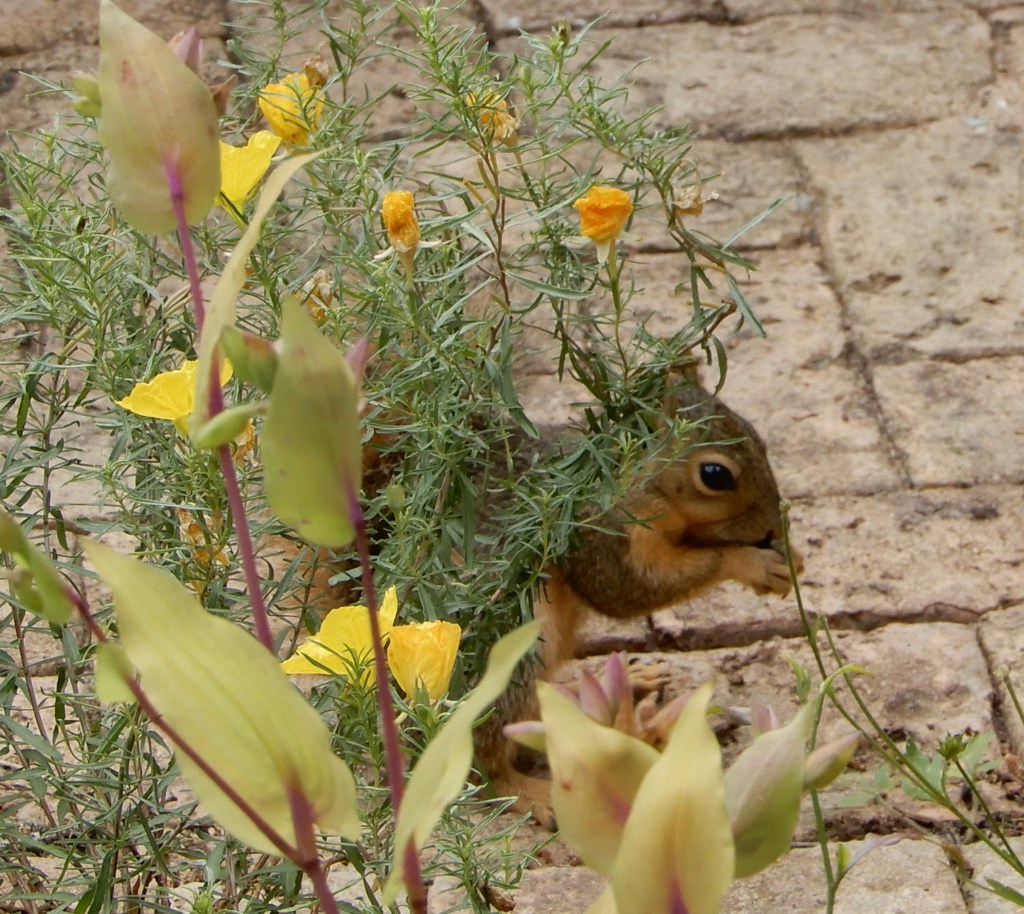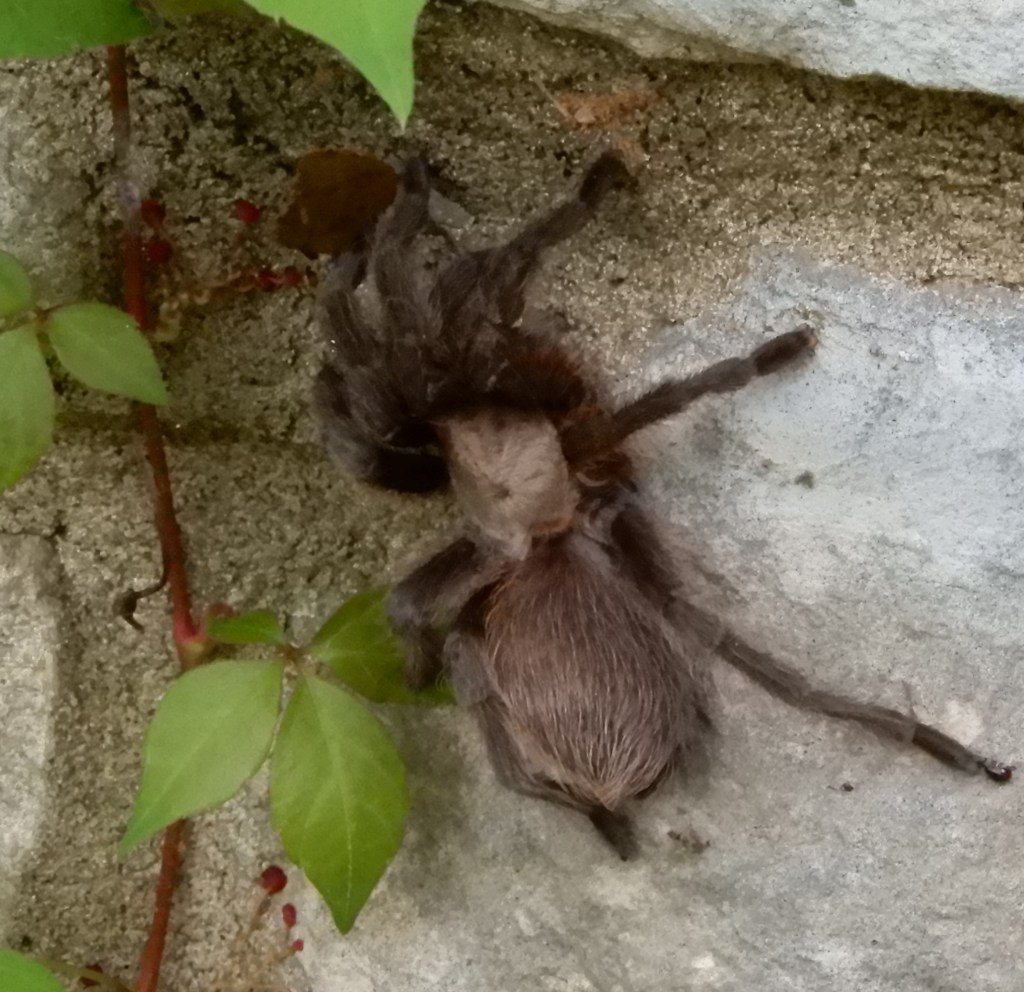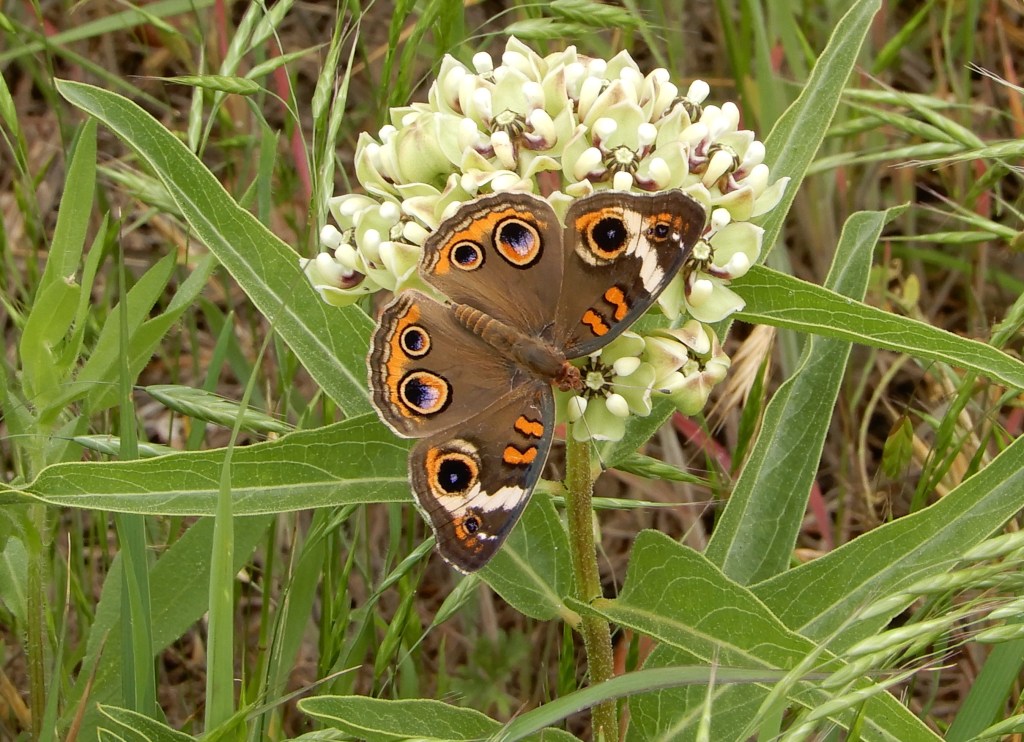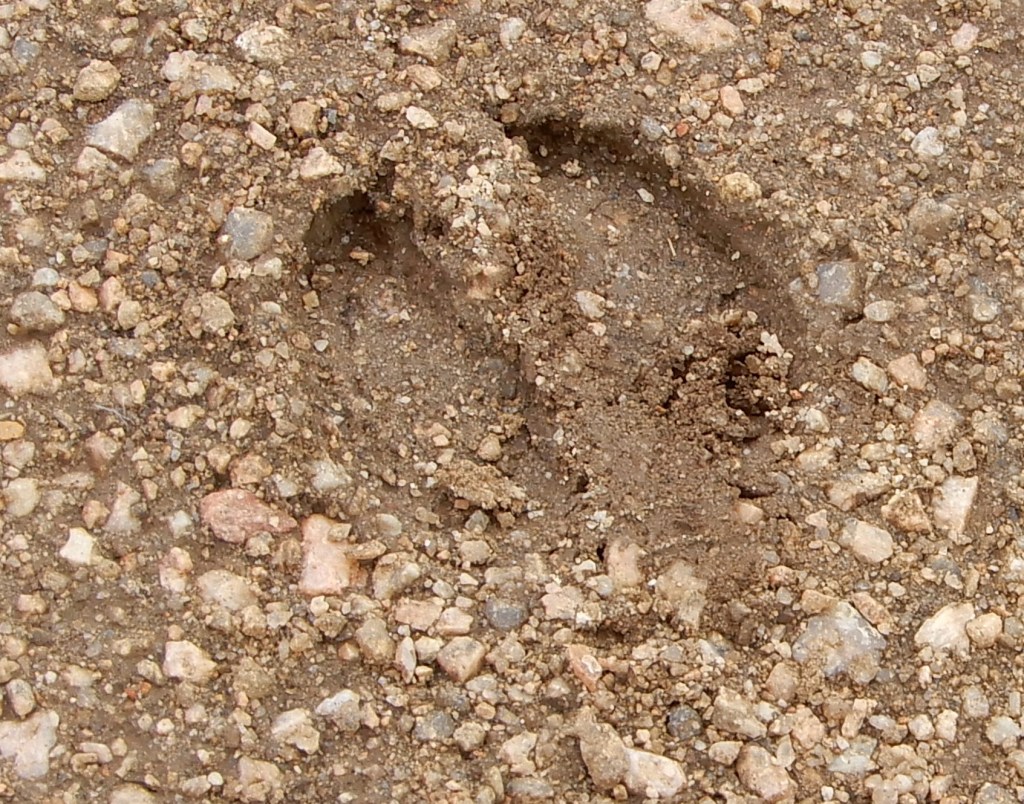I missed my slow walk this morning. I missed my slow walking friends, but right now it is too hot for me to be outside.
The Lady Bird Johnson Wildflower Center is visited by thousands of people each year. Young and old, locals and tourists, the people come to view the flowers and other native Texas plants. Trails wind around the 284 acres and people can move at their own pace. There are fast walkers that get their steps in and medium walkers moving from one patch of spectacular floral colors to the next. There are parents pushing strollers and kids running around the lawns in the children’s garden. And then there are the groups of very slow walkers. They can be seen in groups of 6 or more, huddled around a flowering bush, taking turns to get the best angle to get a good shot with their close-up camera lenses. Some carry binoculars that they point at the trees and grassy fields. These women and men are participating in the weekly Fauna Survey, finding, identifying and documenting all the non-plant life that call the Wildflower Center home.
The Fauna Project is a weekly survey event led by Val Bugh (check out her website: http://www.austinbug.com). She has been at this since 2010 and has amassed quite a record of the bio diversity contained within this site. Her special area of expertise is entomology. The walking is slow because there is so much to see. At least every other plant will have a little insect on it doing something: eating another insect, mating, hunting, etc. Each survey is different. Here are some of my photos taken on the surveys so far this year.
















So, get out and do a slow walk. You never know what you might find.
According to their website, the Lady Bird Johnson Wildflower Center is home to at least 1,800 insect species (93 of these are butterfly species), 148 bird species, and 15 mammal species.
Wildflower.org/facts



